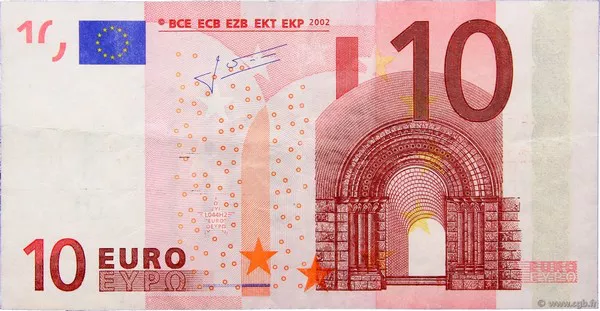The euro is one of the world’s most important currencies, used by millions of people every day for international trade, investments, and travel. Its exchange rate with other major currencies like the US dollar and Japanese yen can have a significant impact on global financial markets and economies. As such, many investors and analysts are constantly monitoring and predicting when the euro rate will go up or down.
In this article, we’ll take a closer look at some of the economic factors and market trends that could influence the future direction of the euro rate. We’ll analyze data from recent years to identify patterns and make informed predictions about what might happen in the coming months and years.
Factors Affecting the Euro Rate
There are many different factors that can influence the value of a currency, including both economic fundamentals and market sentiment. Some of the key factors that could affect the euro rate include:
1. Interest Rates: The interest rates set by central banks can have a big impact on currency values. When interest rates rise, investors tend to move their money into that country’s currency to take advantage of the higher returns. Conversely, when rates fall, investors may sell off that currency, causing its value to decrease. In the Eurozone, the European Central Bank (ECB) sets interest rates for the entire region.
2. Economic Growth: Strong economic growth can also support a currency’s value. When a country’s economy is growing, there is increased demand for its goods and services, which can increase the demand for its currency. In recent years, the Eurozone has experienced moderate economic growth, with an average GDP growth rate of around 1.5% per year since 2015.
3. Political Stability: Political instability can be a major driver of currency volatility. When there are concerns about a government’s ability to maintain social order or manage its finances, investors may become wary of holding that country’s currency. The Eurozone has faced political challenges in recent years, including the Brexit vote and ongoing tensions between some member states over issues like immigration and fiscal policy.
4. Trade: Trade can also have an impact on currency values. When a country exports more than it imports, there is a net inflow of foreign currency, which can put upward pressure on the value of its own currency. Conversely, when a country imports more than it exports, there is a net outflow of currency, which can cause its value to decline. The Eurozone is a major trading partner for many countries around the world, with significant trade relationships with the United States and China, among others.
Market Trends
In addition to these fundamental factors, there are also trends in global financial markets that can influence the direction of the euro rate. Some of the key market trends that investors and analysts are watching include:
1. US Interest Rates: The US Federal Reserve has been gradually raising interest rates in recent years, which has helped boost the value of the US dollar relative to other currencies. If the Fed continues to raise rates, this could put downward pressure on the euro rate.
2. Brexit: The UK’s decision to leave the European Union has created uncertainty and volatility in global financial markets, including the currency markets. As negotiations continue between the UK and EU, there could be further fluctuations in the euro rate depending on how the talks progress.
3. Geopolitical Risks: There are many geopolitical risks around the world that could impact currency values. For example, tensions with North Korea or conflicts in the Middle East could lead to increased demand for safe-haven currencies like the US dollar or Japanese yen, while putting downward pressure on riskier assets like the euro.
Predictions for the Future
Given these economic factors and market trends, what can we expect for the future direction of the euro rate? While no one can predict the future with certainty, there are some indicators that suggest the euro rate could continue to rise in the coming months and years.
First, the Eurozone economy has been showing signs of improvement in recent years. GDP growth has been steady, unemployment has been falling, and inflation has been ticking up towards the ECB’s target of 2%. This suggests that the ECB may begin raising interest rates in the near future, which could help support the euro rate.
Second, there are indications that political risks in the Eurozone may be easing somewhat. The French presidential election in 2017 saw the victory of Emmanuel Macron, a pro-European centrist who has advocated for greater integration within the bloc. In Germany, Chancellor Angela Merkel secured a fourth term in office after elections in September 2017, providing some stability to the region’s largest economy. And while Brexit negotiations remain ongoing, there is some optimism that a deal will eventually be reached that will provide clarity for businesses and investors.
Finally, global economic conditions may also support a higher euro rate. Many countries around the world are experiencing solid economic growth.


